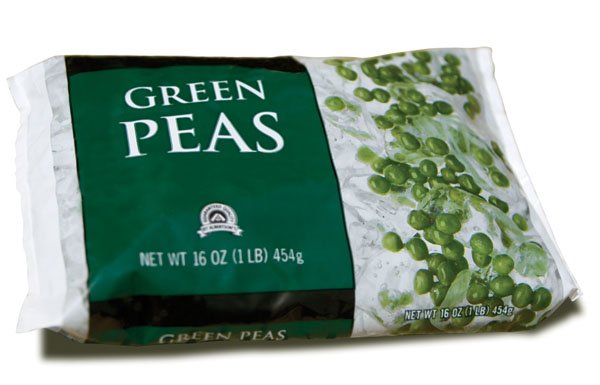Your horse is injured, and you’re not sure if you should be running for hot water or an ice pack. Which is best, and when do you use it?

H&R contributing editor and Oregon-based equine practitioner Barb Crabbe offers two rules of thumb:
Stop it cold. Ice helps most during the first 24 to 48 hours following an injury. It decreases blood flow and reduces pain, swelling, and inflammation. Apply ice two to three times per day. (Tip: Keep several bags of frozen peas in the freezer to use as flexible and inexpensive ice packs.) Your goal is to lower your horse’s tissue temperature from its existing level to 59 to 66 degrees Fahrenheit—but any temperature decrease is helpful.
Heat it up. Heat helps the most 72 hours or more after an injury has occurred. By increasing blood flow, it improves soft tissue flexibility, speeds healing, and reduces pain. Apply heat two to three times per day. Your goal is to raise your horse’s tissue temperature from its existing level to 104 to 113 degrees Fahrenheit—but any temperature increase is helpful.
Cold therapy may include a cold pack or an ice therapy boot, while heat treatment may use hot-water hosing or a hot pack. Check with your vet for the best option for your horse’s injury.
Save






